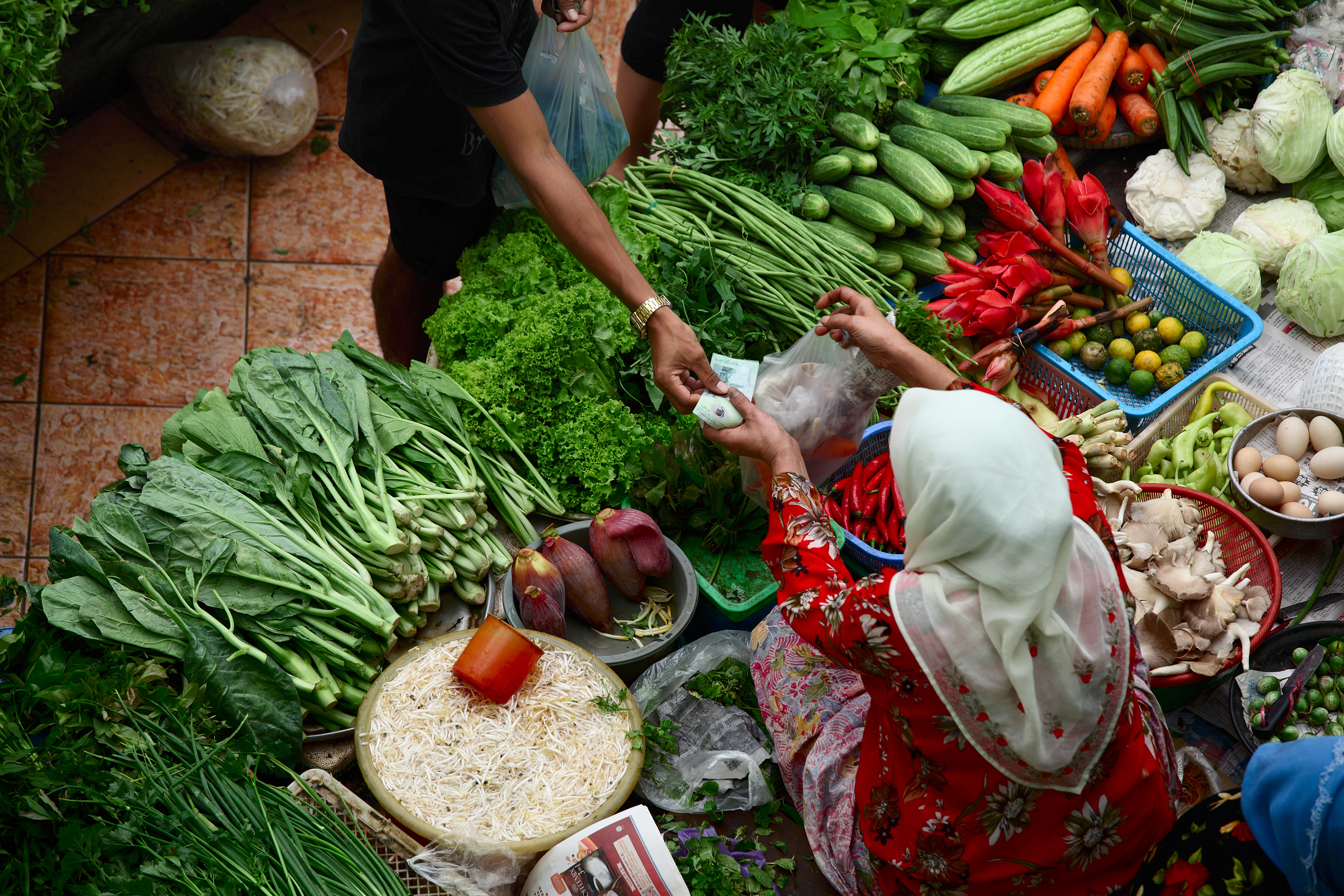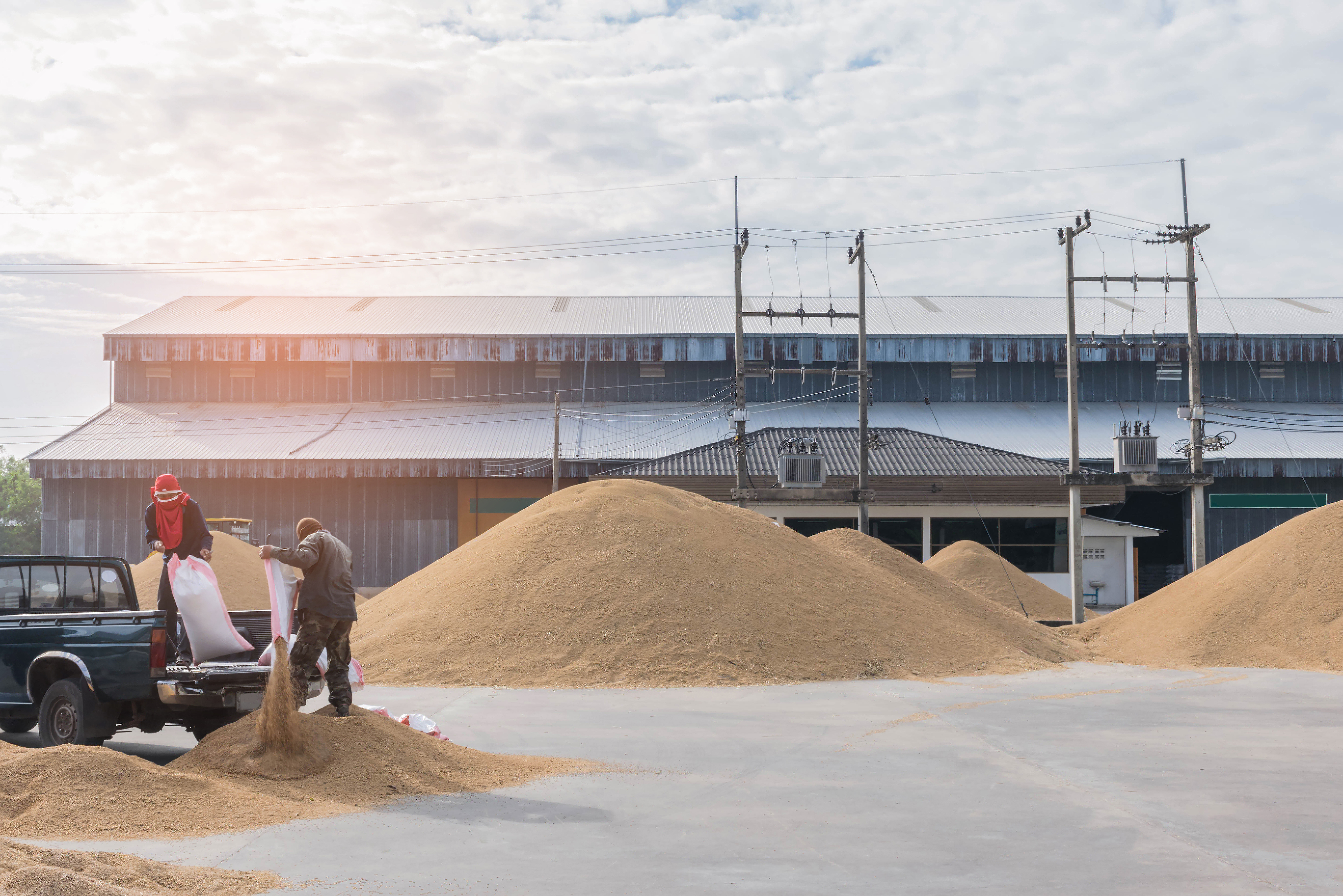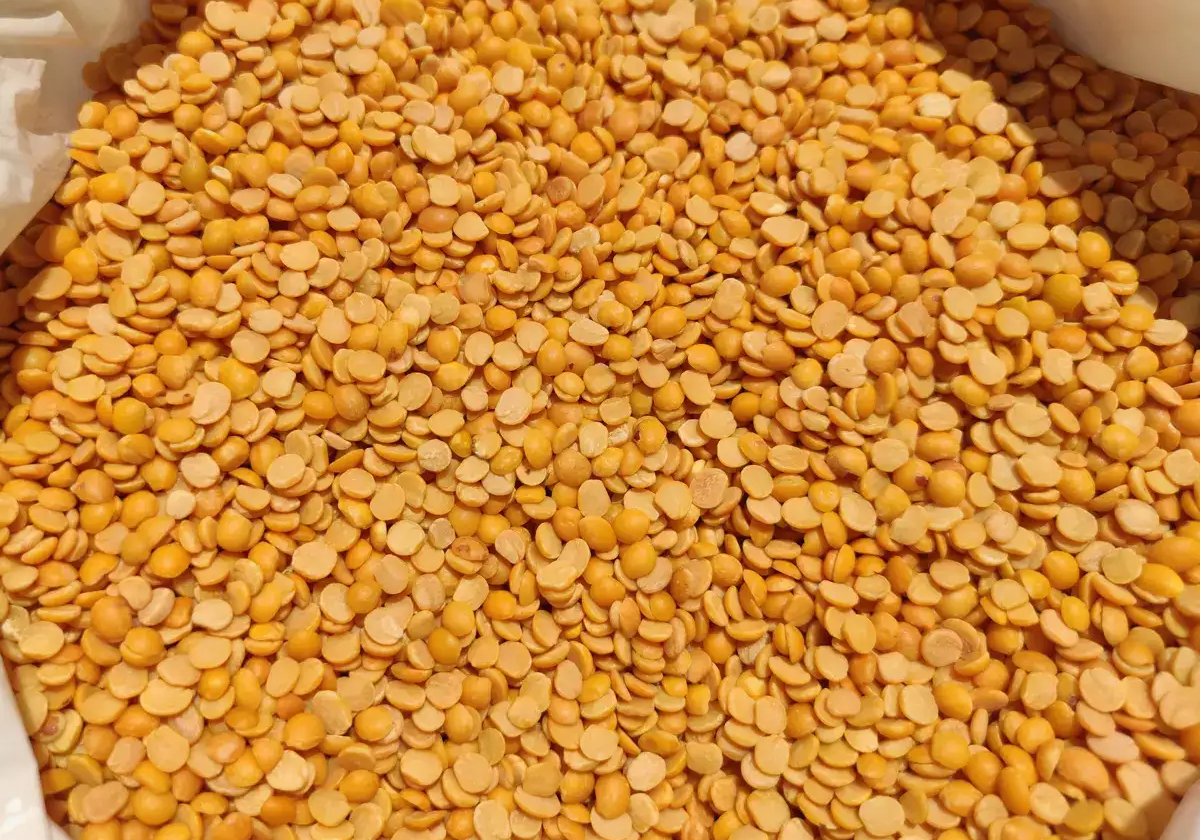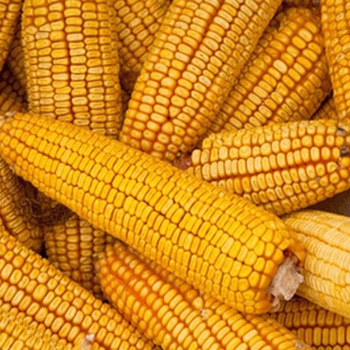The concept of agricultural trade goes back to the time when the Romans grew crops explicitly for trade. Since ancient times, agri trading has expanded the domain into a global enterprise including innumerable commodities. Undoubtedly, the modern agricultural market is vast, consisting of not only food importing and exporting but also livestock, raw materials, fibres and stimulants. Agricultural trade is becoming more global due to advances in technology and trade agreements made among countries.

The exports of Agri commodities from March 2020 to June 2020 were Rs. 25,552.7 Crore against the export of Rs. 20,734.8 Crore during the same period in 2019, showing a sharp increase of 23.24%. The agricultural exports as a percentage of India’s agricultural GDP have increased from 9.4 % in 2017-18 to 9.9 % in 2018-19.

In recent years, investing in agricultural commodities has been gathering pace and has become popular. And, some of the credit can go to the high rate of inflation of commodity crops. But there have been a lot of myths running around regarding agricultural trading.
Busting The Myths
- Myth: Agri prices are easily manipulated
– It’s a common belief that agri prices in the futures market are often devised by participants.
Fact: A minuscule amount of agri trading takes place on exchanges compared to the amount of physical trading. This makes it impossible for the few operators to drive the prices.
- Myth: Trading in agri products is difficult to understand
– It is believed to be more difficult to comprehend than crude oil and base metals.
Fact: In the case of commodities such as sugar or wheat, one can easily analyse prices with the help of the sowing and harvesting season and related trends. However the same can’t be said about gold or silver as they require technical expertise
- Myth: Agri commodity trading is expensive and requires huge capital
– Trading in agri commodities is more expensive than brokerage charges and taxes.
Fact: The amount of capital required to trade in agricultural commodities is far less than what is needed for non-agricultural commodities
- Myth: Agri commodity markets are highly volatile
– Many investors see volatility as a big problem and they overtrade and use the margin to the hilt.
Fact: Information asymmetry in agricultural markets is much less than in other traded assets because of the known seasonality and public demand-supply situation
- Myth: Profits are difficult to estimate
– Investors hold on to losses in the expectation that prices will recover and square off positions in case of profits.
Fact: A clear understanding of the markets concerning trading discipline, seasonal price patterns, demand-supply fundamentals and risk management would help investors make good money in this segment
- Myth: Agri commodity trading is only for farmers
– Only farmers are supposed to participate in agricultural trading.
Fact: Globally, agri commodities are part of High Net-worth Individual (HNI) portfolios as it increases diversification and reduces volatility. It is also a hedge against food inflation
Conclusion:
Don’t let agricultural commodity trading and investing myths ruin your chances of reaping the profits you can make. Once you have negotiated the common myths about investing in agri commodities, you need to know more about the investing process and get comfortable with it by conducting thorough research. However, to make money out of agriculture you need not be farming or selling agricultural produce.
Figure source: https://pib.gov.in/PressReleasePage.aspx?PRID=1646632#:~:text=The%20exports%20of%20Agri%20commodities,9.9%20%25%20in%202018%2D19








 Connect With Us
Connect With Us